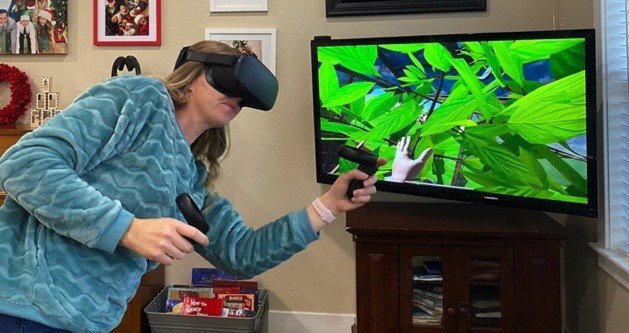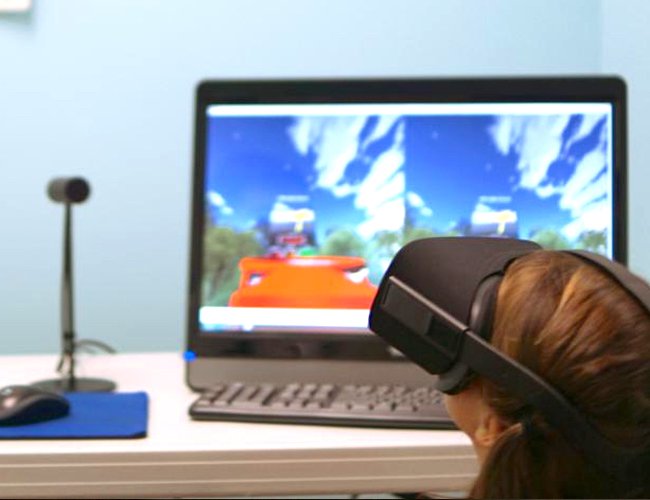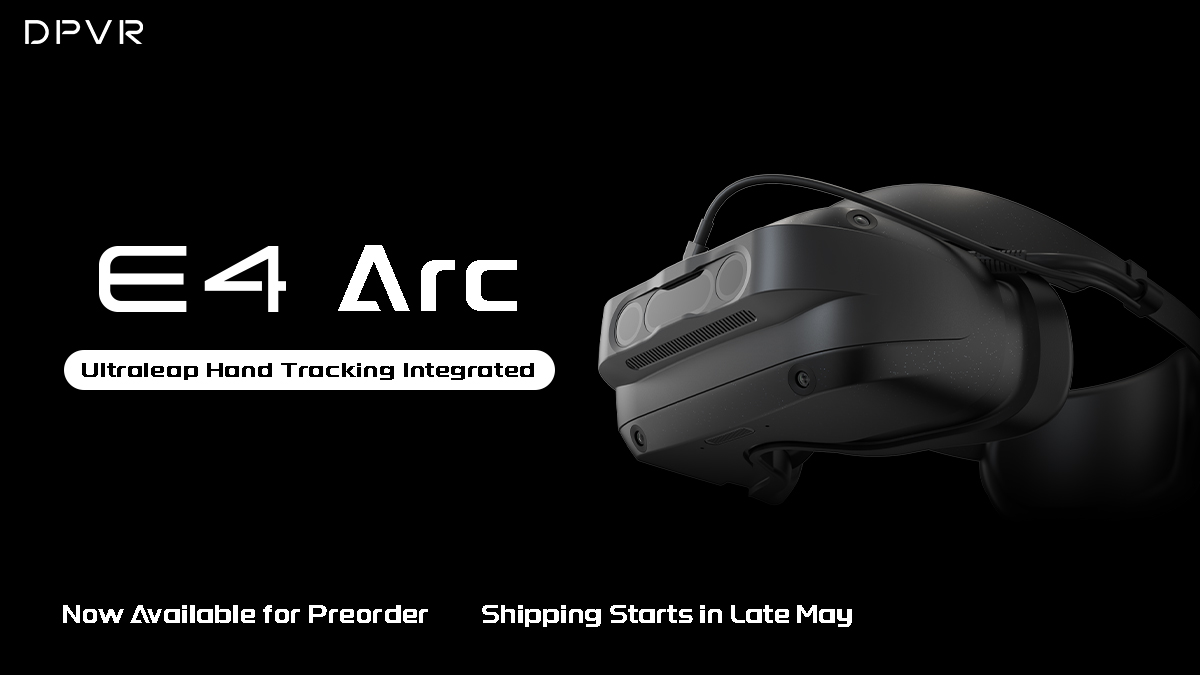Treating lazy eye using virtual reality headsets

James Blaha is the CEO and Founder of Vivid Vision and their mission is to empower eye doctors with powerful vision care tools around the world. They are trying to achieve that by building a vision care platform that works with virtual reality technology devices from brands like DPVR. The Vivid Vision team is made up of programmers, doctors, scientists, and industry experts.

Many years ago, like many people, I thought VR was really just for gaming. I have been humbled by what I have seen companies like Vivid Vision create by using our VR headsets. To be able to use our VR technology to treat people with lazy eye is incredible. It is also a fun process with simple VR games for adults or kids to help with their treatment.
Derek Liu - Vice President Worldwide Sales and Marketing
What does Vivid Vision do?
Vivid Vision has created a range of exciting virtual reality games that can be used to treat lazy eye. They help provide adjunct treatment for amblyopia, strabismus, and vergence disorders. Everything they have designed is suitable to both both kids and adults and what’s even more clever is that it can be done at home or in a clinic.
The software they have developed has interactive exercises as well as vision assessments, especially for when other binocular vision treatments don’t work.
Betsy Yaros struggled with lazy eye her entire life & it gave her problems at work. That is until she started using Vivid Vision with Dr. Nathan Bonilla-Warford of Bright Eyes Family Vision Care in Tampa, Florida. After working with Dr. Bonilla-Warford using Vivid Vision in his eye clinic, Betsy was able to gain 3D vision for the first time in her life. Watch the video of her story.
Vivid Vision from a user's perspective

Melissa is one of Vivid Vision’s advocates, you can read her full story on their website here.
- Huge variety of games: When you are doing home VR for weeks and months on end, having a variety makes it So much better. I also love that each game focuses on different important visual skills that you can learn in different ways. Changing things up helps my brain to learn so much faster.
- Versatility in adjustments for settings: I already went through this…but it makes a big difference. Versatility means that the program can grow and change with the patient. It is helpful for such a huge range of people!
- Engaging: The environment feels so real and the graphics are great. So much attention was put to details. When the graphics are good, it is easier for my brain to put the images from both eyes together.
- Backed by research: So many different studies have been done to show that Vivid Vision can improve depth perception and overall vision! It is much easier to feel good about investing money into something that is backed by science.
- Use it at home: There are so many vision therapy exercises and tools that are only available in-office, and they are usually the ones that work the best. I love that I can take one of the most effective vision therapy tools that I have used home with me and use it every day. I can easily take it on vacation as well.
- Use it remotely: If you live somewhere that doesn’t offer vision therapy, you can do remote Vivid Vision and remote vision therapy sessions. I live in a remote part of Idaho and there isn’t an office that offers vision therapy nearby. I was able to go through Maryland Vision Therapy (website) for the management of my Vivid Vision prescription. They are working with my local vision therapy office and me. Technology is the coolest.
Vivid Vision preloaded into the DPVR P1 VR headset hardware

Vivid Vision uses the DPVR P1 virtual reality headset to deliver their treatment program via the VR interactive games. We partnered with Vivid Vision and are the first all-in-one VR headset that comes pre-installed with Vivid Vision. It means you can start vision care treatment without setup or installation hassles, just turn it on and start using it. You can duplicate the in-clinic therapy at home.
The Vivid Vision solution intended to measure strabismus (eye muscle imbalance), to assess binocular vision (use of both eyes to see), and to treat suppression and amblyopia (dimness of vision without any apparent disease of the eye). It is intended to be used when traditional treatments such as eye patching and surgery have already failed to work. It requires direct supervision from a licensed eye care professional and is typically used in conjunction with other treatments and eye exercises.






